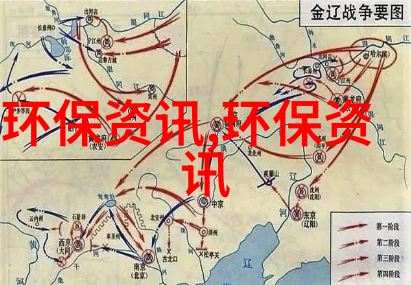碳达峰与碳中和的区别与重要性
碳达峰是指一个国家或地区在某一特定时间点达到其最大年排放量,即使以后的经济增长也不会再有新的高排放。这个概念强调了减少温室气体排放的紧迫性,意味着我们必须立即采取行动,以确保未来能够实现低碳发展。

首先,了解“碳达峰”是什么意思对于理解全球应对气候变化的策略至关重要。它不仅涉及到技术上的创新,还需要政策层面的支持和公众意识的提升。在许多国家,政府已经制定了详细计划来实现这一目标,比如通过提高能源效率、促进可再生能源使用以及推广绿色交通等措施。
其次,与之相关的是“碳中和”,这是一种更为长远的目标,它要求整个社会在一定时期内将新排放的温室气体数量完全抵消掉。这可能包括植树造林、森林保护以及投资于减少他国排放量项目等方式。虽然两者都旨在减缓全球变暖,但它们侧重点不同:前者集中于控制总体排放,而后者则更多关注净零排放。

第三个要点是,这两个概念之间存在一种平衡关系。如果一个国家过快地追求 碳中和而忽视了达峰过程中的实际行动,那么可能会导致经济压力加大,从而影响到整个社会稳定。此外,在未来的能源转型过程中,要考虑到不同行业间相互依存,以及如何平衡环境保护与经济发展之间的关系。
第四点 worth mentioning is the role of international cooperation. Achieving carbon peak and neutrality requires global efforts, as many countries' emissions are interconnected through trade and other economic activities. Therefore, it's crucial to establish a framework for sharing knowledge, technologies, and best practices across borders.

Fifthly, education plays a vital part in promoting awareness about the importance of carbon peak and neutrality. By raising public consciousness about climate change issues, we can encourage individuals to make environmentally friendly choices in their daily lives. This includes reducing energy consumption at home or choosing sustainable transportation options when possible.
Lastly but not least important is that both concepts require continuous monitoring and assessment to ensure progress towards our goals. Regular review of emission levels and implementation strategies will help us identify areas for improvement and adapt our approaches as needed.

In conclusion, understanding the difference between carbon peak and neutrality is essential for developing effective strategies to combat climate change. By recognizing the urgency of this issue while also considering long-term sustainability objectives, we can work together towards a more environmentally conscious future that benefits all nations equally.